Do you have a question about the TP-Link Omada EAP115 and is the answer not in the manual?
Overview of the front panel, including the LED indicator status.
Overview of the rear panel, including reset button and ports.
Detailed steps for securely mounting the EAP to a ceiling tile.
Detailed steps for securely mounting the EAP to a wall.
Detailed steps for securely mounting the EAP to a junction box.
Powering the EAP using a PoE switch (802.3at compliant).
Powering the EAP using the provided power adapter.
Configuring EAPs individually via Omada App or web browser.
Managing EAPs centrally using Omada Controller software or hardware.
Important safety advice and handling instructions for device operation.
Explanation of symbols found on the product and power supply labels.
Guidelines for using appropriate screws for wall mounting.
Overview of the front panel, including the LED indicator status.
Overview of the rear panel, including reset button and ports.
Detailed steps for securely mounting the EAP to a ceiling tile.
Detailed steps for securely mounting the EAP to a wall.
Detailed steps for securely mounting the EAP to a junction box.
Powering the EAP using a PoE switch (802.3at compliant).
Powering the EAP using the provided power adapter.
Configuring EAPs individually via Omada App or web browser.
Managing EAPs centrally using Omada Controller software or hardware.
Important safety advice and handling instructions for device operation.
Explanation of symbols found on the product and power supply labels.
Guidelines for using appropriate screws for wall mounting.
| 5 GHz | No |
|---|---|
| 2.4 GHz | Yes |
| Frequency band | 2.4 - 2.4835 GHz |
| Cabling technology | 10/100Base-T(X) |
| Networking standards | IEEE 802.11b, IEEE 802.11g, IEEE 802.11n |
| Receiver sensitivity | 300M: -71dBm@10% PER 150M: -75dBm@10% PER 54M: -78dBm@10% PER 11M: -93dBm@8% PER 6M: -92dBm@10% PER 1M: -96dBm@8% PER |
| Virtual LAN features | VLAN mapping |
| Ethernet LAN data rates | 10, 100, 1000 Mbit/s |
| Transmitting power (CE) | 19 dBm |
| Transmitting power (FCC) | 21 dBm |
| Maximum data transfer rate | 300 Mbit/s |
| WAN connection | Ethernet (RJ-45), Wi-Fi |
| USB 2.0 ports quantity | 0 |
| Ethernet LAN (RJ-45) ports | 1 |
| Placement | Ceiling, Wall |
| Certification | CE, FCC, RoHS |
| Product color | White |
| Cable lock slot type | Kensington |
| Output current | 1 A |
| Output voltage | 12 V |
| Power consumption (typical) | 5 W |
| Power over Ethernet (PoE) type supported | Passive PoE |
| Antenna type | Internal |
| Antenna features | Integrated antenna |
| Antennas quantity | 2 |
| Antenna direction type | Omni-directional |
| Antenna gain level (max) | 3 dBi |
| Number of products included | 1 pc(s) |
| Security algorithms | 64-bit WEP, 128-bit WEP, 152-bit WEP, HTTPS, SNMP, SSH, WPA, WPA-PSK, WPA2-Enterprise, WPA2-PSK |
| Number of SSID supported | 8 |
| Service Set Identifier (SSID) features | Multiple SSIDs |
| Minimum system requirements | Microsoft Windows 10/8/7/Vista/XP |
| Storage temperature (T-T) | -40 - 70 °C |
| Operating temperature (T-T) | 0 - 40 °C |
| Storage relative humidity (H-H) | 5 - 90 % |
| Operating relative humidity (H-H) | 10 - 90 % |
| Package depth | 268 mm |
| Package width | 246 mm |
| Package height | 69 mm |
| Package weight | 600 g |
| Harmonized System (HS) code | 85176990 |
| Sustainability certificates | Federal Communications Commission (FCC), CE, RoHS |
| Depth | 180 mm |
|---|---|
| Height | 47.5 mm |
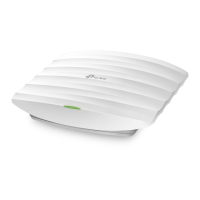
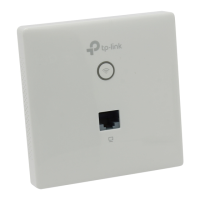
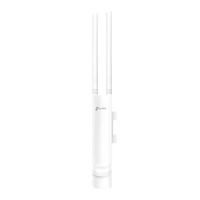
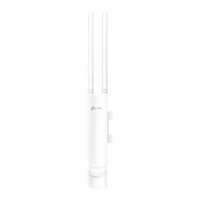
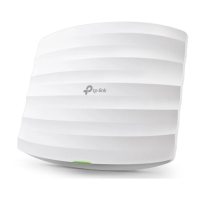
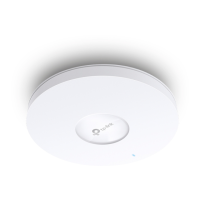
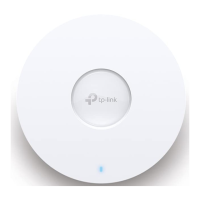
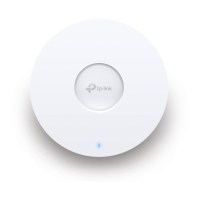
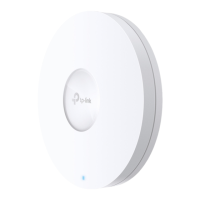
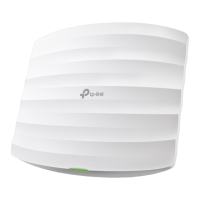
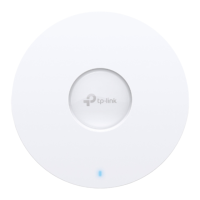

